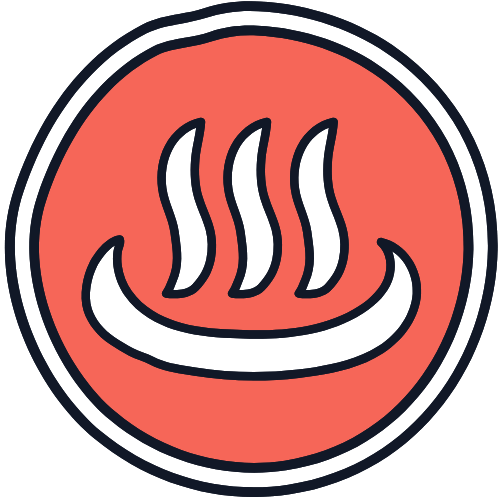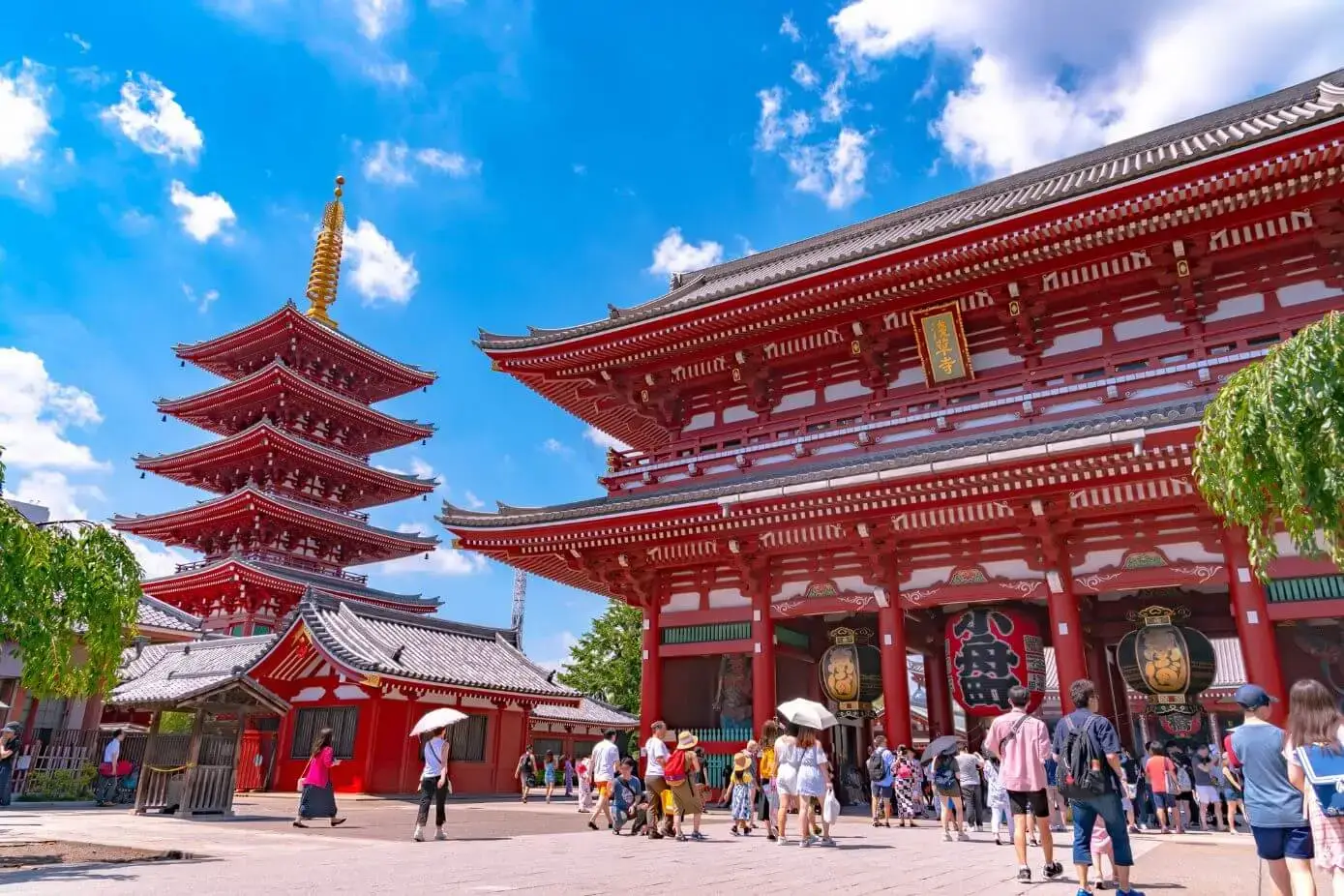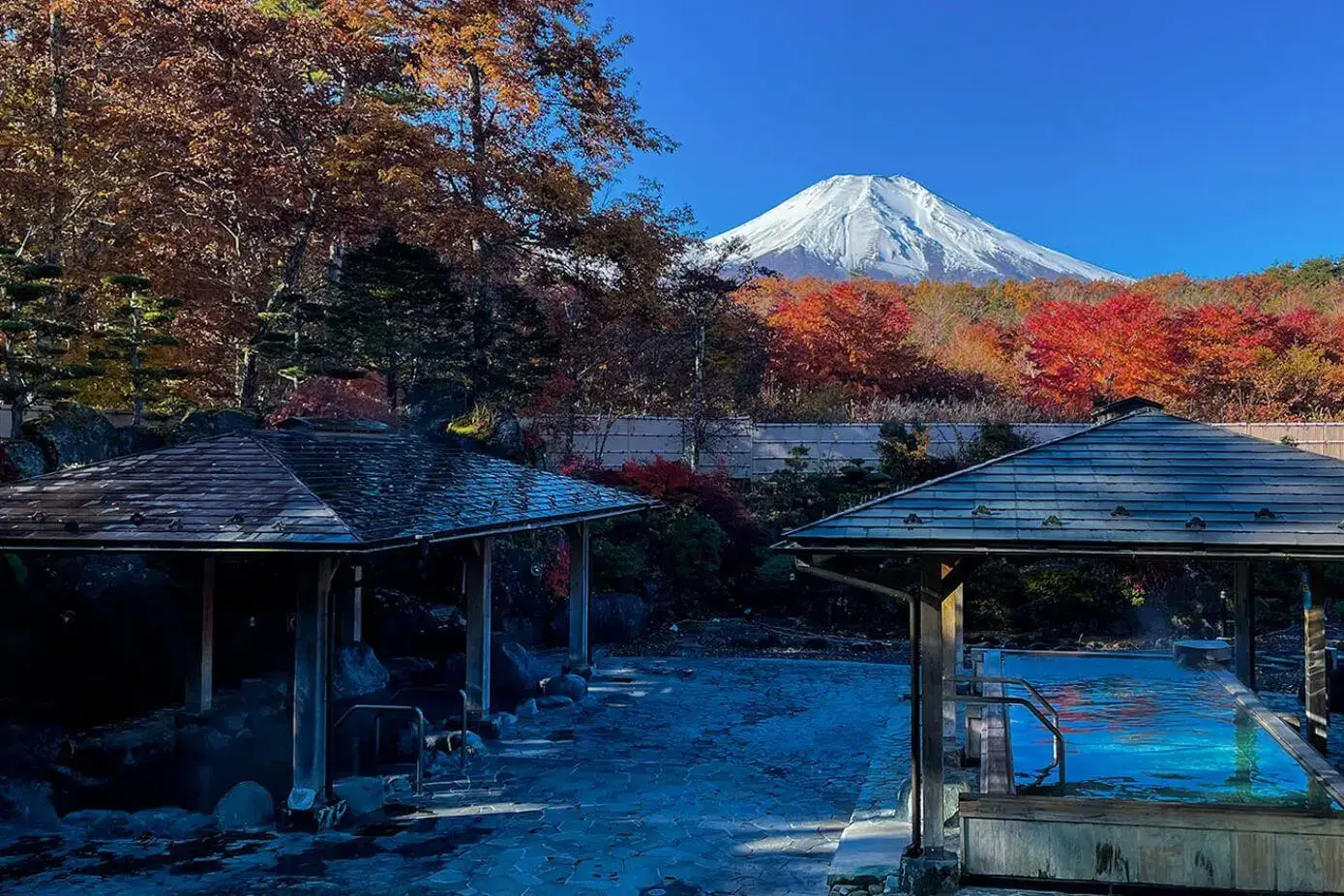The Health Benefits of Japanese Onsens
Onsens offer more than just relaxation—they’re natural healing sanctuaries.

Steeped in centuries of tradition, Japanese hot springs—or onsen—have long been used for their therapeutic effects. Rich in minerals like sulfur, hydrogen carbonate, and iron, these geothermal baths are known to improve blood circulation, treat skin conditions, and relieve joint and muscle pain. Today, travelers from around the world are rediscovering onsen bathing as part of a modern wellness lifestyle.
In this guide, we’ll explore the science, traditions, and practical tips behind onsen bathing for health. Whether you’re seeking relief from chronic pain, a natural glow for your skin, or just deeper relaxation, there’s an onsen in Japan waiting for you.
What Makes Onsens So Good for Your Health?
Japanese onsens are naturally heated by volcanic activity and contain high concentrations of therapeutic minerals. These minerals vary depending on location and geology, giving each onsen its own health profile.
Common Onsen Minerals & Their Benefits
| Mineral Type | Key Health Benefits | Found In |
|---|---|---|
| Sulfur | Skin healing, improved blood flow, antiseptic | Kusatsu, Unzen |
| Carbon Dioxide | Lowers blood pressure, boosts metabolism | Yufuin, Ibusuki |
| Iron | Combats fatigue and anemia | Kaga, Nozawa |
| Hydrogen carbonate | Softens skin, soothes irritation | Beppu, Gero |
| Salt (chloride) | Retains body heat, eases neuralgia and chills | Atami, Wakura |

Wellness Goals & Onsen Recommendations
Different onsen types serve different health purposes. Here’s how to choose the right onsen based on your wellness goals.
For Stress Relief & Better Sleep
- What helps: Warm temperatures + quiet, natural surroundings
- Minerals to seek: Salt, carbon dioxide
- Top locations: Hakone Onsen, Noto Onsen
For Skin Health & Acne
- What helps: Sulfur and bicarbonate springs cleanse and regenerate skin
- Minerals to seek: Sulfur, hydrogen carbonate
- Top locations: Kusatsu Onsen, Shirahone Onsen
For Joint & Muscle Pain
- What helps: Heat therapy + acidic or iron-rich waters reduce inflammation
- Minerals to seek: Iron, chloride, acidic springs
- Top locations: Nozawa Onsen, Zao Onsen

The Science Behind Onsen Healing
Japanese toji (onsen therapy) has been practiced for centuries. Recent studies have confirmed:
- Increased blood circulation from warm immersion
- Mineral absorption through the skin
- Lower cortisol levels = reduced stress
- Temporary pain relief and reduced joint stiffness
Pro tip: To get the most from your bath, relax for 15–20 minutes, hydrate well, and repeat in intervals.
Supportive Research
- Kyoto University Study (2020): Found a significant link between sulfur onsens and improved skin elasticity.
- Balneotherapy Review (2018): Onsen therapy reduces osteoarthritis symptoms after just two weeks.
Who Should Use Caution?
While onsens are generally safe, some people should consult a physician before bathing:
- Pregnant women (especially in early months)
- People with high blood pressure or heart conditions
- Those with open wounds or serious skin allergies
How to Maximize Onsen Health Benefits?

#1 Before Your Bath
- Drink water to stay hydrated
- Avoid alcohol or eating just before soaking
- Shower thoroughly to cleanse the body
#2 During Your Bath
- Limit sessions to 15–20 minutes
- Start in cooler water and gradually enter hotter baths
- Breathe deeply and stay still to avoid overheating
#3 After Your Bath
- Rinse lightly, but don’t scrub off minerals
- Relax for 30+ minutes to allow effects to settle
- Rehydrate and rest



